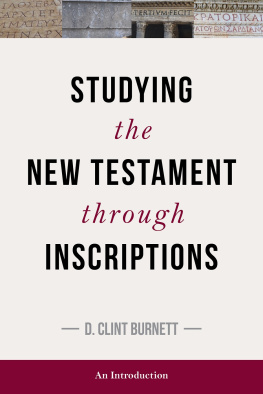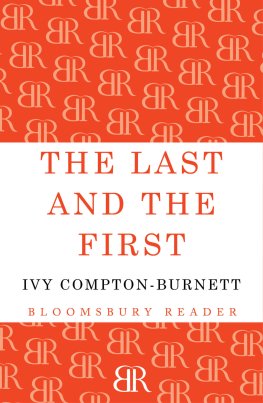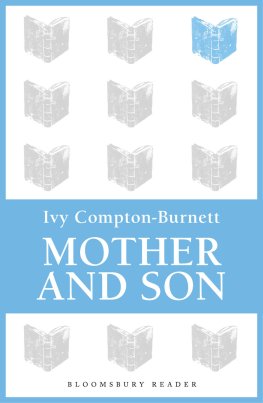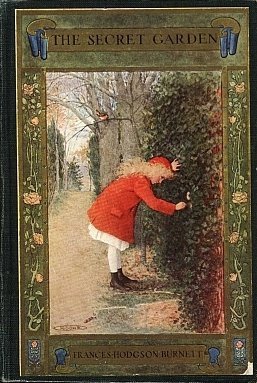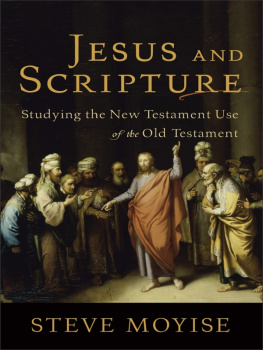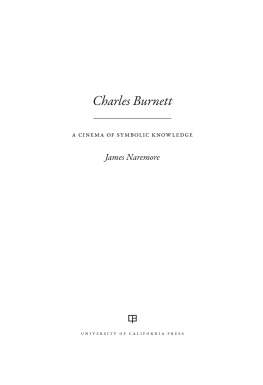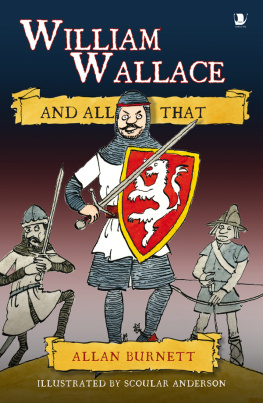D. Clint Burnett - Studying the New Testament Thorugh Inscriptions
Here you can read online D. Clint Burnett - Studying the New Testament Thorugh Inscriptions full text of the book (entire story) in english for free. Download pdf and epub, get meaning, cover and reviews about this ebook. publisher: Hendrickson Publishers Marketing LLC, genre: Religion. Description of the work, (preface) as well as reviews are available. Best literature library LitArk.com created for fans of good reading and offers a wide selection of genres:
Romance novel
Science fiction
Adventure
Detective
Science
History
Home and family
Prose
Art
Politics
Computer
Non-fiction
Religion
Business
Children
Humor
Choose a favorite category and find really read worthwhile books. Enjoy immersion in the world of imagination, feel the emotions of the characters or learn something new for yourself, make an fascinating discovery.
- Book:Studying the New Testament Thorugh Inscriptions
- Author:
- Publisher:Hendrickson Publishers Marketing LLC
- Genre:
- Rating:3 / 5
- Favourites:Add to favourites
- Your mark:
- 60
- 1
- 2
- 3
- 4
- 5
Studying the New Testament Thorugh Inscriptions: summary, description and annotation
We offer to read an annotation, description, summary or preface (depends on what the author of the book "Studying the New Testament Thorugh Inscriptions" wrote himself). If you haven't found the necessary information about the book — write in the comments, we will try to find it.
Studying the New Testament Thorugh Inscriptions — read online for free the complete book (whole text) full work
Below is the text of the book, divided by pages. System saving the place of the last page read, allows you to conveniently read the book "Studying the New Testament Thorugh Inscriptions" online for free, without having to search again every time where you left off. Put a bookmark, and you can go to the page where you finished reading at any time.
Font size:
Interval:
Bookmark:
Clint Burnett has written a necessary introduction to inscriptions for New Testament students that has been lacking for some time. The opening chapter offers a very useful and appropriately detailed survey of the topic, and the following chapters offer helpful studies of various sorts. Each of these studies is directly relevant to the study of the New Testament and not only offers insights into these particular issues but suggests how inscriptions may be used for interpreting other passages and topics. I warmly recommend this work.
Stanley E. Porter
President, Dean, and Professor of New Testament
Roy A. Hope Chair in Christian Worldview
McMaster Divinity College
Anyone interested in the civic life and religions of first-century CE Greco-Roman cities will treasure this book. It provides fascinating snapshots of that vast world of letters that were not confined in books and libraries but written on buildings, monuments, gravestones, coins, and even graffiti. Burnett has chosen some special examples in which this evidence sheds important new light on the New Testament. To encourage others in studying this underused resource, the appendices provide guides to the published collections of inscriptions as well as the extensive system of Latin abbreviations.
Pheme Perkins
Joseph Professor of Catholic Spirituality
Theology Department, Boston College
With this book, Clint Burnett builds a bridge between two disciplines that have long ignored each other, epigraphy and New Testament studies. Inscriptions are and, with hundreds of new finds every year, will continue to be a crucial source for illuminating our understanding of many aspects of antiquity. Through five case studies ranging from lexicography, to onomastics, and to social history, Burnett demonstrates the relevance of considering epigraphic evidence for the language and social realities of the New Testament. As such, this book is a must-have for any student dealing with the study of early Christianity within its social, cultural, and political context.
Cdric Brlaz
Professor of Ancient History
University of Fribourg, Switzerland
Clint Burnetts remarkable book, Studying the New Testament through Inscriptions , explains how inscriptional evidence sheds fresh light on the values, thoughts, and beliefs of early Christians. In a variety of examples, he deftly demonstrates how this heretofore neglected evidence helps to solve real philological, historical, and theologicalproblems. This book demonstrates not only the underappreciated role of inscriptions in the study of the New Testament, but also how they can enlarge our understanding of the life and witness of early Christianity.
B. H. McLean
Professor of New Testament Language and Literature
Knox College, University of Toronto
Dr. Burnetts work fills an important void left by many contemporary studies. This book on inscriptions stands in contrast to those more dominated by anachronistic, theoretical models as well as those that toss around artifactual references with little hope of readers understanding the nature and function of the particular artifact. Dr. Burnetts work is truly a vade mecum for inscriptions, primarily Greek and Latin. In this work the author both teaches about the nature, types, functions, etc. of inscriptions relevant for NT studies and also includes specific chapters with the application of inscriptions to NT topics and texts. The indices are extremely valuable both for those wishing to whet their appetite for this topic and also for those wanting to broaden their present skills.
This important work provides a major foundation stone in an approach to Scripture that believes the NT was not given birth in the empyreal realms of Christian doctrine, but rather in the workaday situations, experiences, and life of congregations of God and their leaders. These churches were filled with old and young, women and men, slave and free, ill and healthy, loyal and seditious, faithful believers as well as the faint of heart. Dr. Burnetts point, and his instinct is correct, is that many of the beliefs and experiences of the NT authors and the audiences written to and written about in the NT are far better understood by means of epigraphical resources and studies.
Inscriptions provide an indispensable and clearer lens through which we can view the larger world of these churches. Greek and Latin epigraphy provides the quintessential primary resources for an improved appreciation and understanding of the religious, political, and social contours of Greco-Roman civilization, without which one is doomed to view the NT through a besmudged lens.
Richard E. Oster
Professor of New Testament
Harding School of Theology

Studying the New Testament through Inscriptions: An Introduction (ebook edition)
2020 D. Clint Burnett
Published by Hendrickson Academic
an imprint of Hendrickson Publishing Group
Hendrickson Publishers, LLC
P. O. Box 3473
Peabody, Massachusetts 01961-3473
www.hendricksonpublishinggroup.com
ebook ISBN 978-1-68307-322-2
All rights reserved. No part of this book may be reproduced or transmitted in any form or by any means, electronic or mechanical, including photocopying, recording, or by any information storage and retrieval system, without permission in writing from the publisher.
Due to technical issues, this eBook may not contain all of the images or diagrams in the original print edition of the work. In addition, adapting the print edition to the eBook format may require some other layout and feature changes to be made.
First eBook edition April 2020
To my beloved Gerilyn, who is to me as I am to her,
and she is indeed 
Illustrations
Preface
This book is an attempt to introduce mainly Greek but also Latin and Semitic inscriptions from the Hellenistic and Roman periods to graduate students, seminarians, and pastors for the purpose of using these sources to interpret the documents of the NT and to reconstruct the history of early Christianity. It is divided into two parts. The first part consists of the first chapter, which introduces inscriptions and the methodologically appropriate way to approach them, treating inscriptions as archaeological artifacts. The second part consists of five case studies in which I demonstrate this approach to inscriptions and the underappreciated benefits that await the interpreter of the NT who uses them. This books thesis is twofold. First, inscriptions allow for a fuller portrait of life in the early Roman Empire because, unlike Greco-Roman literary texts, inscriptions provide windows into the values, thoughts, and beliefs of individuals who are not elite men, such as artisans, slaves, women, etc. Second, inscriptions are contextual data, representing localized religion, politics, culture, and ideologies, so they help contextualize certain NT texts and events in early Christianity in ways that literary texts cannot. My hope for the reader is that this book will unlock a world of incalculable historical, philological, and theological potential for the study of the NT.
Acknowledgments
This book would not have been possible without the giants on whose shoulders I stand: Richard E. Oster, James C. Walters, Laura S. Nasrallah, and Pheme Perkins. Each of these erudite scholars not only demonstrated how to use inscriptions in interpreting the NT, but also interacted with, engaged with, and influenced my own work with inscriptions and the NT during my graduate work. Richard Oster introduced me to inscriptions by graciously offering an elective course on Greek epigraphy during my graduate coursework at Harding School of Theology. In addition, he read and provided insightful feedback on every chapter of this book (any errors the reader may find are my own fault and not his). While I was a graduate student at Boston University School of Theology, James Walters introduced me to the concept of inscriptions as archaeological artifacts, facilitated and led an on-site archaeology and NT class in Turkey, and even paid for my trip to Turkey from his personal funds. Some pictures in this book are from that trip. Laura Nasrallah honed my work with inscriptions and allowed me to join her on-site archaeology and NT class in Greece and Turkey under the auspices of Harvard Divinity School. Some pictures in this book are from that trip as well. Pheme Perkins, my doctoral mother at Boston College, refined my approach of using inscriptions in the interpretation of the NT, pushing me to consider the limitations and possibilities that inscriptions can have for the NT.
Next pageFont size:
Interval:
Bookmark:
Similar books «Studying the New Testament Thorugh Inscriptions»
Look at similar books to Studying the New Testament Thorugh Inscriptions. We have selected literature similar in name and meaning in the hope of providing readers with more options to find new, interesting, not yet read works.
Discussion, reviews of the book Studying the New Testament Thorugh Inscriptions and just readers' own opinions. Leave your comments, write what you think about the work, its meaning or the main characters. Specify what exactly you liked and what you didn't like, and why you think so.

